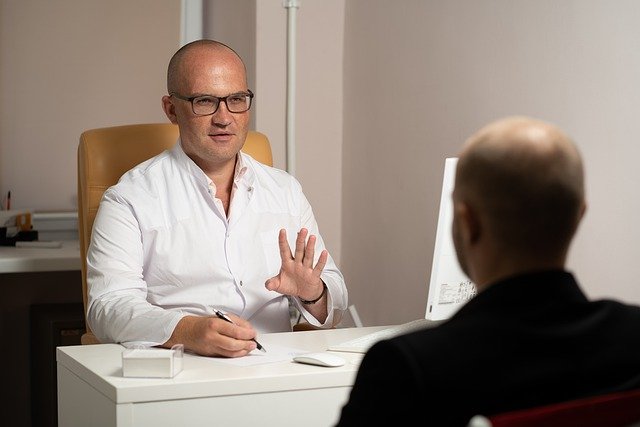Want a Safe Lifestyle? Do These Things
Image by Sozavisimost from Pixabay
If you value safety, do you ever wonder whether your lifestyle is as safe as it can be? It’s ironic that many adults who pay lip service to the benefits of living a low-risk lifestyle don’t take the time to honestly evaluate their day-to-day activities and assess the overall danger level. The good news is that there are plenty of simple, inexpensive ways to add safe practices to your routine, home, habits, and leisure time. All it takes is a bit of planning and honest introspection. It’s helpful to remember some of the most common kinds of accidents that lead to injury and death, including house fires, falls, infrequent medical care, high-risk sports, and careless driving. Here are more details about each of those categories, along with practical things you can do to minimize the chance of becoming an accident statistic.
Fireproof Your House
The cost of a comprehensive fire inspection is minuscule compared to the significant benefits. A fire safety pro can create a detailed list of actions you can take to make your living quarters virtually immune from the ravages of a house fire. Common upgrades include the use of fire-retardant paint, installing no-burn insulation, applying a fire-preventive coating to the roof, and checking for gas and electrical connections that have potential to create a hazard. Speak to someone at your local fire department for information about nearby contractors who offer comprehensive inspections. Remember to inform your homeowner’s carrier about any premium reductions you’re entitled to for improvements.
Practice Defensive Driving
In most communities, you can take a defensive driving class for less than $50. Most insurance companies offer a small premium reduction after you complete the training. But, most important, defensive driving classes will train you to be safer behind the wheel, even in heavy traffic and on long highway trips. These classes in addition to must have safety features on your car will ramp up your efforts to be a safe and responsible driver.
Install a Home Elevator
Putting in a residential elevator is perhaps the single most effective way to eliminate the risk of falling down a flight of stairs. Perhaps that’s why so many elderly and disabled homeowners make the decision to add neat residential elevators to their new or older homes. In-home elevators add a dose of luxury and uniqueness to any living space, without a doubt. But one of the more subtle benefits is related to safety. Even parents of young children appreciate the option of closing off long stair cases so little ones won’t suffer a mishap. In addition to boosting the resale value of a property, a private elevator offers a high degree of safety for residents of all ages and abilities.
Get Annual Medical Checkups
Having a yearly medical exam that includes cancer screening is a commonsense move, but too many people don’t do it. No matter your age, ask a trusted health care professional about what kinds of tests you should get based on personal risk factors, family history, and other factors.
Avoid High-Risk Activities
Rock climbing, hang gliding, bungee jumping, cave exploring, and even scuba diving (in deep waters) can be considered high-risk sports and activities. Expect to encounter trouble buying life insurance if you take part in team or individual pastimes that put your life at risk.


Thanks for sharing very useful information in this article, Excellent, I really like all the points you made, but this article is giving an in-depth explanation, You Nailed It. Thanks for writing!!